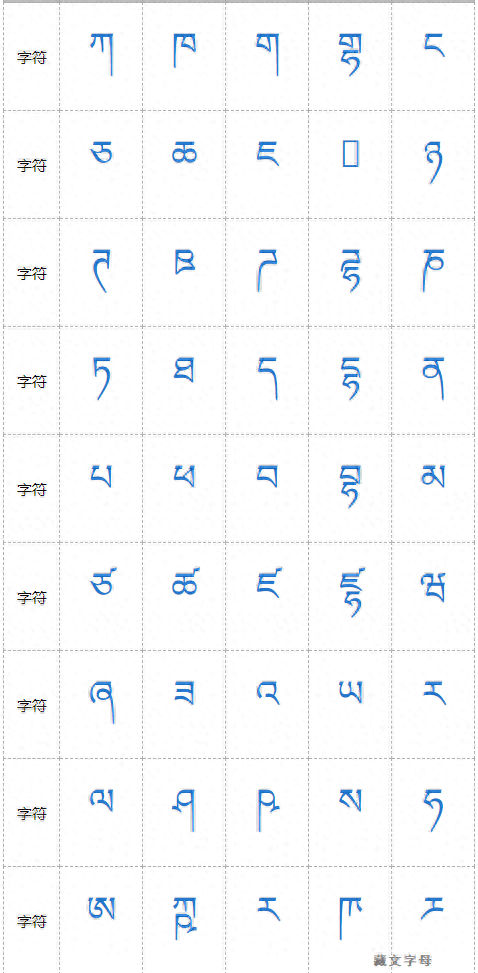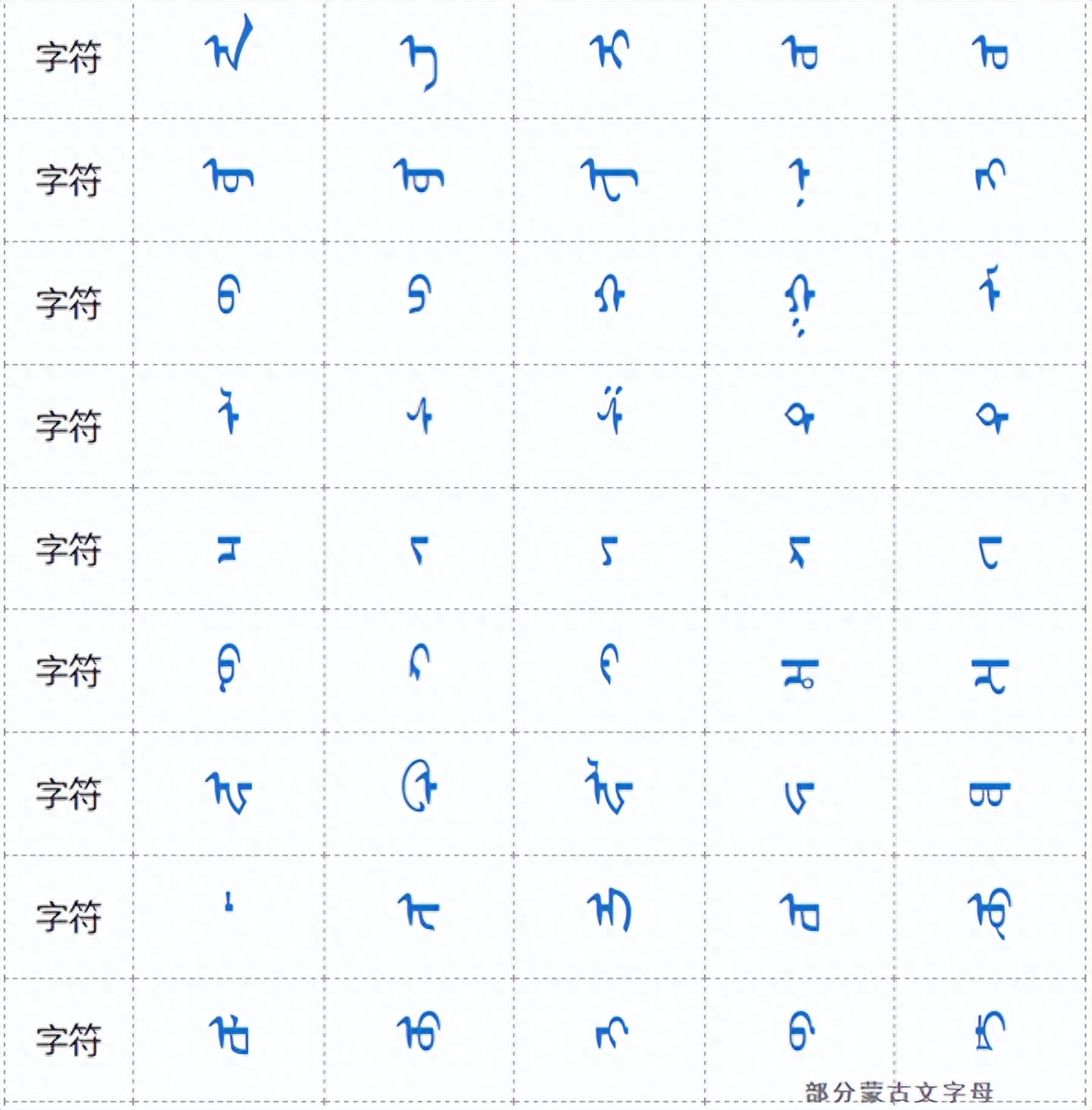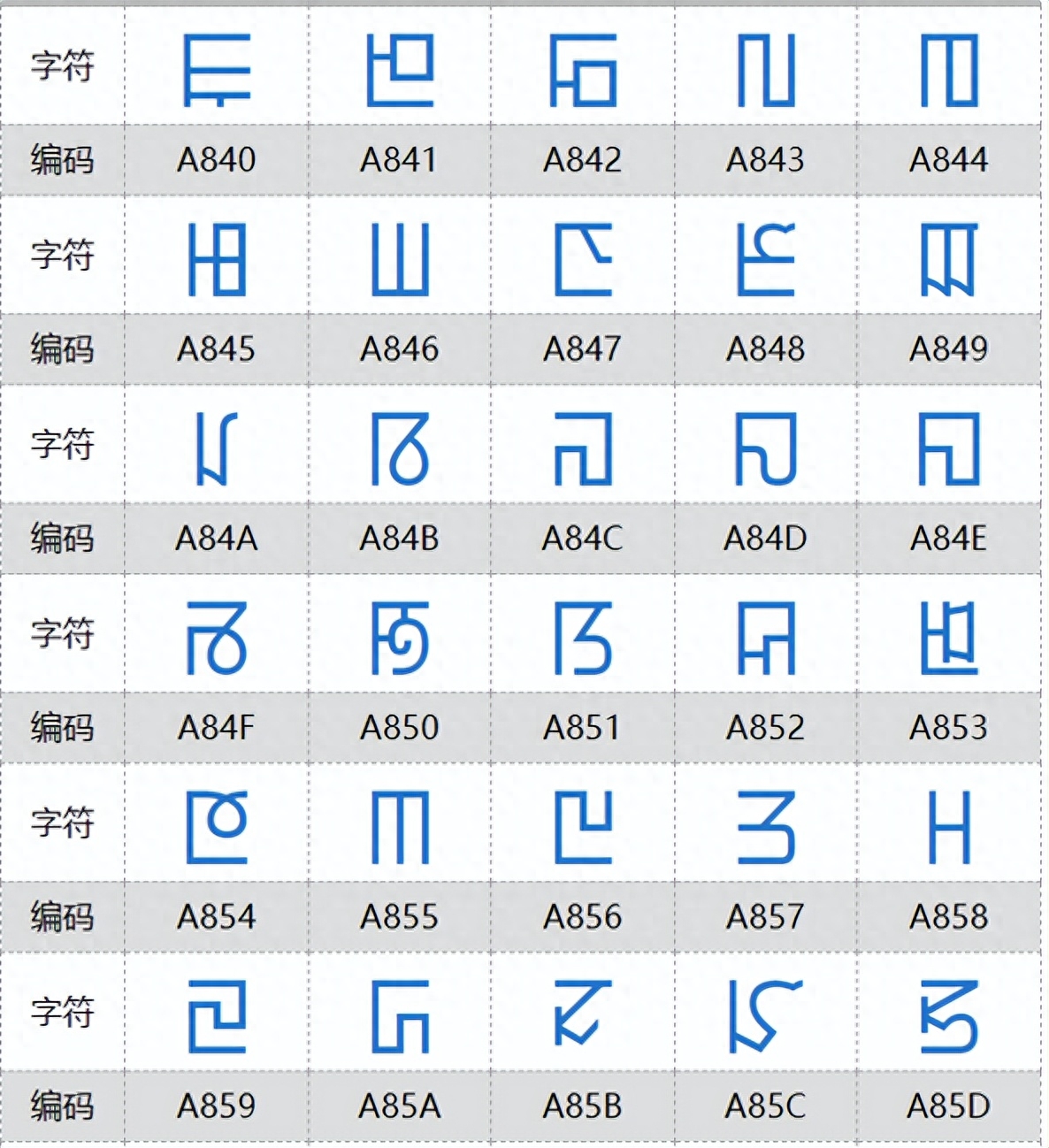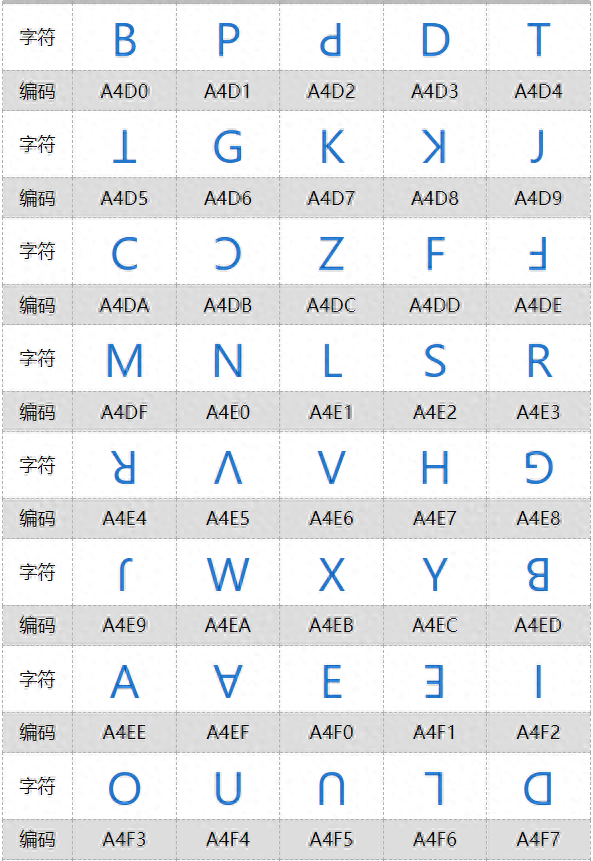International Unicode for Chinese characters
Many words have been born from ancient times to the present. Some of these words are older and some are younger. Some words are still used by people today, and some are gradually lost and no longer remembered and recognized by people. But no matter what kind of writing, once it is born, it is destined to record a period of history and become our wealth. Therefore, people try their best to informatize all kinds of "dead" and living writings, so that these human assets can continue in the electronic world. Refresh his life. In addition to the long-standing and enduring Chinese characters, what other characters created by various ethnic groups and periods in China’s territory are included in the Uniform Character Code?
Tibetan
Phoneme-syllable phonetic script was born around 650 AD and is used today. It is mainly used to write Tibetan dialects as well as Dzongkha, Sikkim, Pumi, Ladakhi, Gilel and Balti, and some Non-Tibetan languages such as Thakali are also written in Tibetan. Unicode contains more than 200 Tibetan-related characters such as numbers, letters, and symbols.
Available fonts:"Noto Serif Tibetan", "Microsoft Himalaya" etc.
Input method: Unified introduction at the end of the article (the same below)

Tibetan numbers 0-9

Tibetan letters
Mongolian
Full phoneme phonetic writing, the traditional writing system of Mongolian, was born more than 800 years ago and is still in use today. There are more than 170 Mongolian related characters encoded in Unicode.
Available fonts:"Noto Sans Mongolian", "Mongolian Baiti"

Mongolian numbers 0-9

Some Mongolian letters
Dehong Dai (Dai Na script)
The Dai Na language writing system is mainly distributed in Dehong Dai and Jingpo Autonomous Prefecture, Pu'er City, Lincang City and other places in Yunnan Province. It originated around 1200 AD and is in use today. Unicode has included 35 Dehong Dai letters.
Available fonts:"Microsoft Tai Le", "Noto Sans Tai Le" etc.

Dehong Dai letters
New Dai Si Script
was rewritten by China in 1954 based on Dai Tan Script (Old Dai Si Script), using It is mainly used in Xishuangbanna, Yunnan and other areas to replace the old Dai and Si writing. Unicode has included more than 80 new Dai and Si characters.
Available fonts:"Noto Sans New Tai Lue", "Microsoft New Tai Lue"Wait.

New Dai and Si characters
Yi script
The writing system of Yi language was originally an ideographic script, but now it has developed into The syllabic script developed in Yunnan into a script that coexists ideograms and sounds. Unicode contains the syllables and radicals of the more widely circulated Liangshan Standard Yi script, totaling more than a thousand characters.
Available fonts:"Noto Sans Yi", "Microsoft Yi Baiti" etc.

Liangshan standardizes Yi syllables

Liangshan standardizes Yi radicals
Bergel Hmong Chinese
The pinyin script created by the missionary Bergley in the Shimenkan area of Weining, Guizhou around 1905 was mainly used for local Miao Christian activities in the northeastern Yunnan sub-dialect area of Miao language. Unicode currently contains 149 characters.
Available fonts:. "Noto Sans Miao"

Part of the Bogli Hmong alphabet
Nüshu
A unique Chinese writing system, mainly spread among women in Yongzhou, Hunan and parts of Guangxi. It is the Xiang language Yongquanjiangyongchengguan dialect specifically used for women to write Chinese. The font of Nüshu is long rhombus, beautiful and thin, with one word for each sound, and there are about 700 characters. The origin is unknown, and there are many theories such as Shang Dynasty, Tang Dynasty, late Ming Dynasty and early Qing Dynasty. It is currently on the verge of being lost, and only a few older women can read and write. It has been included in the "National Intangible Cultural Heritage List". Unicode currently contains nearly 400 Nüshu characters.
Available fonts:"Noto Traditional Nushu", "Noto Sans Nushu", etc.

Part of Nüshu text
Pasi Ba Zi
During the Mongolian Yuan Dynasty, Kublai Khan developed a script based on the Tubo script at that time by the national teacher Pasiba. It was mainly used to write Mongolian and as the phonetic pronunciation of Chinese characters. It went into history with the demise of the Yuan Dynasty and was no longer used. people use. Unicode contains 56 Pasiba characters.
Available fonts: "Noto Sans PhagsPa", "Microsoft PhagsPa", etc.

Part of Pasiba characters
Uighur alphabet
The characters created by the Uighurs based on the Sogdian alphabet in order to spell their own language, mainly It was used in the Tianshan area from the 8th to the 15th century, but declined due to the destruction of Mongolian forces such as Wokuotai and Chagatai. Unicode contains 26 Uighur letters.
Available fonts:TH-Tshyn-P1

Uighur letters
Taxixia
Historically, the Dangxiang people used it to write the morpheme script of Xixia language, which is the "national book" of Xixia. A square character created by Li Yuanhao of the Western Xia Dynasty and Nori Renrong in the 1030s. It borrowed the strokes and construction methods of Chinese characters. It has many strokes and a complex structure. As Xixia was destroyed by Mongolia, both Xixia language and script were gradually lost. Unicode currently contains 6904 Tangut characters and components.
Available fonts:"Noto Serif Tangut(6136)"

Some Tangut text
Khitan small characters
Historically, the characters used by the Khitan people to write the Khitan language were created in the 920s AD by Yelu Diela, the younger brother of Yelu Abaoji, the emperor of the Liao Dynasty. He referred to the principles of the Uighur script and borrowed some Chinese character fonts to create it. It was usually mixed with Chinese characters and Khitan characters. , some Khitan small characters have the same font style as Chinese characters. The Jin Zhangzong era of the Jin Dynasty was gradually abolished. It has survived for more than two hundred years and is now difficult to interpret. Unicode contains 470 Khitan small characters.
Available fonts:TH-Tshyn-P1

Some small Khitan characters
Lisu
A script based on the Latin alphabet, written by the Burmese Karen Founded by ethnic missionary Sara Ba Thaw, it is mainly used to write the Lisu language of the Lisu people, and can also be used to write Naxi and Zaiwa languages. It is used by about 200,000 Lisu people in China. The Unicode encoding scheme is mainly developed and provided by China, and has included 48 related characters.
Available fonts:"Noto Sans Lisu"," "Segoe UI", "Calibri", etc.

Lisu alphabet
Chinese characters
From as few as one painting to as many as 84 paintings, Unicode currently contains more than 97,000 Chinese characters. In addition to commonly used characters, it also contains a large number of rare characters, square Zhuang characters and some homemade Chinese characters from Japan, Korea and Vietnam.
Available fonts:Most Chinese fonts can support all common characters and some rare characters, but Very few free fonts support all Chinese characters.

Chinese character examples
(To be continued)
About fonts: In addition to the above fonts, TH-Tshyn should be able to support all the above text.
About input methods: Add Mongolian, Tibetan and other languages to the input method to input corresponding text. If the input method does not support it, you can use Enter Unicode encoding input, the method is as follows:
- In Windows system, switch to the Chinese mode of Microsoft Pinyin input method , enter "VUC", and then enter the Unicode encoding to enter the corresponding symbol. This method is also applicable to all other texts and symbols.
- In MacOS, go to System Preferences → Keyboard → Input Method. Add input method, find Unicode Hex Input and add it. Switch to this input method, hold down Option, and enter the Unicode encoding.
- In mobile phones, this can be achieved by installing Unicode Pad or other input methods that support direct input of Unicode encoding. However, some application markets may not have Unicode Pad.
(The information in this article mainly comes from the official website of the Unicode Alliance)
Articles are uploaded by users and are for non-commercial browsing only. Posted by: Lomu, please indicate the source: https://www.daogebangong.com/en/articles/detail/guo-ji-tong-yi-zi-fu-bian-ma-zhi-zhong-guo-wen-zi.html

 支付宝扫一扫
支付宝扫一扫 
评论列表(196条)
测试